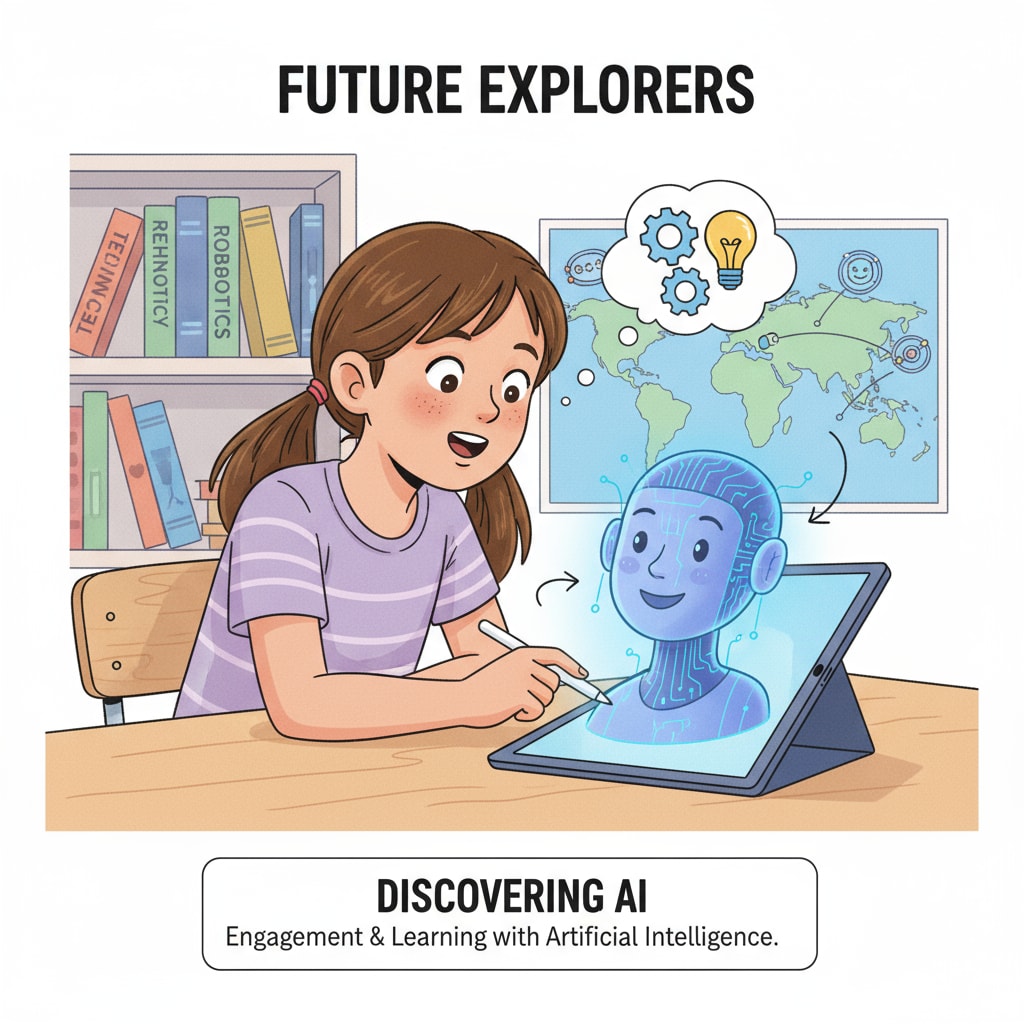In an era where technology is advancing at an unprecedented pace, the intersection of AI avatars, child safety, and technological exploration has become a topic of great concern for parents. Take, for example, a 9-year-old girl who recently created her own AI avatar. This simple act not only showcases children’s natural curiosity for new technology but also raises important questions about safety.

The Allure of AI for Children
AI has opened up a world of endless possibilities for children. It offers interactive experiences that are both educational and entertaining. For instance, many AI-powered learning apps are designed to make learning languages, math, or science fun. These apps adapt to a child’s learning pace, providing personalized experiences. According to Britannica’s entry on artificial intelligence, AI’s ability to analyze and respond based on data has revolutionized the educational landscape for kids.

Potential Risks of Children’s AI Interaction
However, with great opportunities come potential risks. When children create AI avatars, there’s a risk of personal information leakage. AI systems often require some form of data input, which could include a child’s name, age, or even appearance. This data could be misused by malicious actors. Additionally, the content generated by AI might not always be age-appropriate. Some AI-generated images or stories could contain elements that are disturbing or inappropriate for young minds. As Wikipedia’s page on artificial intelligence safety points out, ensuring the safety of AI interactions is crucial.
Another concern is the impact on a child’s cognitive development. Spending excessive time interacting with AI could limit a child’s real-world social interactions and creativity. Children need face-to-face interactions and hands-on experiences to develop essential social and emotional skills.
Readability guidance: The above sections clearly present the allure and risks of AI for children. Using short paragraphs and providing external references helps in making the content accessible and reliable. Transitions like ‘however’ are used to shift between positive and negative aspects.


